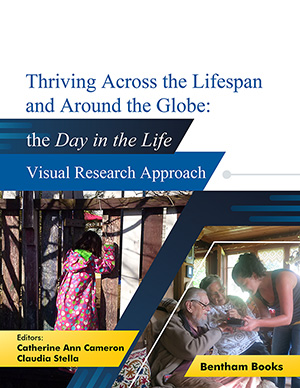Abstract
The difficulties faced by the higher education institutions in the process of accreditation and rankings are presented in this chapter with reference to the Indian context. The performance of higher education in India is critically examined in the context of global standards. The main impediments are observed through various committee reports, and possible suggestions are discussed. The initiatives from the Government of India are noted in this chapter. It is observed that the second and third rated institutes are suffering most in the maintenance of quality benchmarks. It is found that the documentation of all academic activities in the digital form is not properly done. Need-based courses and interdisciplinary programs that cater to the requirements of the local and regional community are important for the creation of employment opportunities. Inadequate financial support and a large number of teaching vacancies are the major concern for the institutes in maintaining global standards. Assessment and Accreditation of Institutions are compulsory for all the institutions, and institutes are encouraged to participate in the National Institute Ranking Framework (NIRF) rankings. It is suggested to take into account the second-grade institutes' ideas and practices when they are available with a time stamp.
Keywords: Digitization, Documentation, Employment opportunities, GER, HRD, Human resources, Institute of excellence, Institute repositories, NAAC, NIRF, Premier institutes, Private university, Public university, Quality benchmarks, Research institutes, Timestamp, UGC, World rankings.













